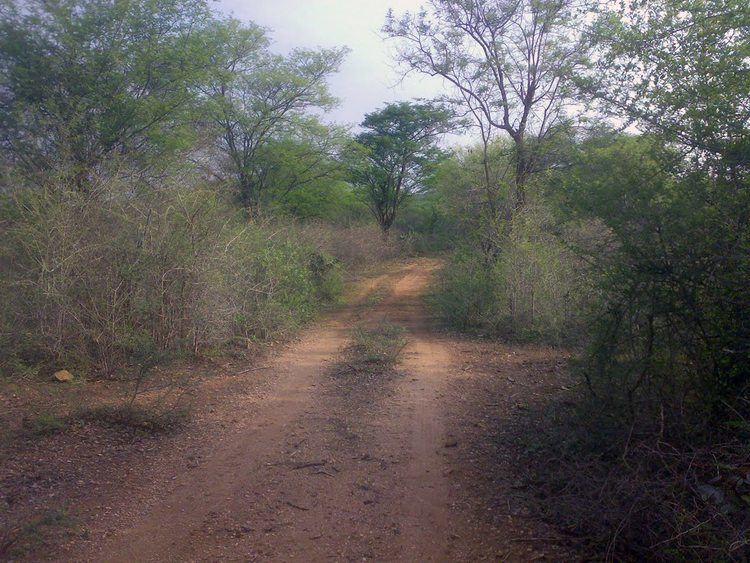Time zone IST (UTC+5:30) Area 1,295 km² | Elevation 1,395 m Nearest city Hosur | |
 | ||
District Krishnagiri district Dharmapuri District | ||
The Melagiris are a range of hills on the Eastern Ghats, bound by the river Cauvery on the west. Melagiri contain an expanse of 1295 km2 of dry deciduous and semi-evergreen forests. It is an elephant country and contains two traditional elephant corridors. With the Bannerghatta National Park in the North east and Cauvery Wildlife Sanctuary in the south, the forest range stretches to sanctuaries of BR Hills and Sathyamangala and joins the tiger reserves of Nilgiri Biosphere. As the meeting point of the Western Ghats and Eastern Ghats, these forests form a vital link in the elephant corridors of South India, connecting the Bannerghatta National Park and the River Cauvery. It borders some of the prominent tiger sanctuaries of the south.
Contents
Geography
Melagiri hills lie between the Dharmapuri and Krishnagiri Districts of Tamil Nadu on one side and bordered by Cauvery on the Karnataka side. Forest covered hills and valleys are the predominant landscape, with the highest peak of Gutherayan rising up to 1,390 meters (4,560 ft) and lowest 635 meters (2,083 ft). The forests are largely dry deciduous with some stretches of shola forests on the slopes of Gutherayan peak. The Melagiri hills receive a minimum of 700mm and maximum of 900mm of rainfall annually.
Water sources: Cauvery, Dodahalla, Hebbahalla, Chinnar, Ponnaiar, Anaibiddahalla rivers
Flora
The Melagiri hills host mixed vegetation types such as thorn scrub, dry tropical riverine, dry deciduous, mixed deciduous, dry evergreen, and semi evergreen. The forests of the hill harbor many rare plants and trees such as giant Mangifera indica, Garcinia gummi-gutta, wild Balsam, wild jack, etc. Endangered species such as Shorea roxburghii also occur in the division. Significant trees such as old growth Mutti (Terminalia arjuna), Hardwickia binata, Ippe (Madhuca longifolia), Diospyros malabarica etc. occur here.
Fauna
The area is home to significant numbers of predators such as leopard, dhole, sloth bear, marsh crocodile, jackal and prey species such as chital, gaur, sambar, grizzled giant squirrel, four-horned antelope, smooth-coated otter, elephant, etc. Other species such as tiger, ratel and striped hyena are awaiting rediscovery. The area is also home to the last few remaining common langurs in the Hosur Forest Division.
Grizzled giant squirrel, four horned antelope, gaur, elephant, panther, sloth bear, crocodiles, mouse deer, python
Grey junglefowl, grey-fronted green pigeon, crested honey buzzard, Egyptian vulture, lesser fish eagle, brown fish owl, changeable hawk eagle, peafowl, Osprey and plain flowerpecker are found in these hills.
Indian cobra, Indian python, Russell's viper, Dhaman rat snake, keelback water snake and rare snakes like the racer Coluber bholanathi , the endangered marsh crocodile, the little-known lacertid lizard Ophisops leschenaultii, Indian chameleon, Bengal monitor and the Indian star tortoise occur here. Nearly 20 species of frogs and toads occur here including the rare rock-dwelling toad Bufo hololius.
